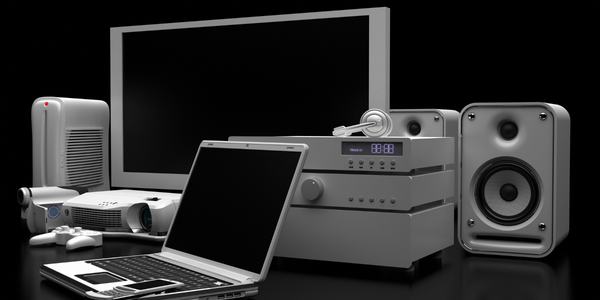下载PDF
NetApp Leverages Iguazio for AI-Driven Predictive Maintenance
技术
- 分析与建模 - 大数据分析
- 分析与建模 - 机器学习
- 平台即服务 (PaaS) - 数据管理平台
- 分析与建模 - 实时分析
适用行业
- 电信
- 电子产品
适用功能
- 离散制造
- 维护
用例
- 机器状态监测
- 预测性维护
- 边缘计算与边缘智能
服务
- 数据科学服务
- 系统集成
挑战
NetApp 是一家领先的混合云数据服务提供商,它需要增强其 Active IQ 解决方案以整合 AI 驱动的数字顾问。其目标是利用 AI 获取有关其客户存储控制器的智能洞察并提供规范性指导,以及自动执行“最佳操作”以实现对上述设备的预测性维护。该公司面临的挑战是每月分析来自全球存储传感器的 10 万亿个数据点。Active IQ 现有的基础设施基于 Hadoop,无法经济高效地实现实时预测性 AI、运行大规模分析或大规模部署新的 AI 服务。传统数据仓库和基于 Hadoop 的数据湖无法高效地处理从存储控制器收集的数万亿个数据点,从而无法获得实时预测性维护所需的可操作情报。
关于客户
NetApp 是领先的混合云数据服务提供商。其解决方案可保护和简化全球企业的混合多云部署,使他们能够利用其数据、核心业务应用程序和服务基础架构来加速数字化转型。NetApp 是首批向全球最大的云提供商提供其产品和数据服务的存储管理供应商之一,可帮助企业以简单、快速和自动化的方式在边缘、核心和云中实现数字化转型并加速其核心业务应用程序。Active IQ 旨在帮助提供可操作的情报,从而促进 NetApp 环境中的最佳数据管理和预测性维护。它为企业提供了对其 NetApp 系统运行状况的简单而安全的可见性。
解决方案
NetApp 与 Iguazio 合作,用基于 Kubernetes 的云原生无服务器数据科学平台取代其传统数据仓库和基于 Hadoop 的数据湖。这使 NetApp 能够升级 Active IQ 的服务基础架构,并通过与 Iguazio 数据科学平台的原生集成构建高度可访问的端到端 ML 管道。因此,NetApp 将 Active IQ 转变为数字顾问,可以经济高效地运行大规模分析并大规模利用 AI 来获得对全球 NetApp 资产的智能洞察,并通过实时预测性维护主动保护和优化客户的基础架构。Iguazio 的平台通过简化传统数据分析工具与 AI 管道的集成并同时提供对多个大数据和 AI 微服务的访问,促进了 NetApp 开发人员之间的无缝协作。
运营影响
数量效益
相关案例.

Case Study
Remote Temperature Monitoring of Perishable Goods Saves Money
RMONI was facing temperature monitoring challenges in a cold chain business. A cold chain must be established and maintained to ensure goods have been properly refrigerated during every step of the process, making temperature monitoring a critical business function. Manual registration practice can be very costly, labor intensive and prone to mistakes.

Case Study
Cloud Solution for Energy Management Platform-Schneider Electric
Schneider Electric required a cloud solution for its energy management platform to manage high computational operations, which were essential for catering to client requirements. As the business involves storage and analysis of huge amounts of data, the company also needed a convenient and scalable storage solution to facilitate operations efficiently.

Case Study
Leveraging the IoT to Gain a Competitive Edge in International Competition
Many large manufacturers in and outside Japan are competing for larger market share in the same space, expecting a growing demand for projectors in the areas of entertainment, which requires glamor and strong visual performance as well as digital signage that can attract people’s attention. “It is becoming more and more difficult to differentiate ourselves with stand-alone hardware products,” says Kazuyuki Kitagawa, Director of Service & Support at Panasonic AVC Networks. “In order for Panasonic to grow market share and overall business, it is essential for us to develop solutions that deliver significant added value.” Panasonic believes projection failure and quality deterioration should never happen. This is what and has driven them to make their projectors IoT-enabled. More specifically, Panasonic has developed a system that collects data from projectors, visualizes detailed operational statuses, and predicts issues and address them before failure occurs. Their projectors are embedded with a variety of sensors that measure power supply, voltage, video input/ output signals, intake/exhaust air temperatures, cooling fan operations, and light bulb operating time. These sensors have been used to make the projector more intelligent, automatically suspending operation when the temperature rises excessively, and automatically switching light bulbs. Although this was a great first step, Panasonic projectors were still not equipped with any capability to send the data over a network.








